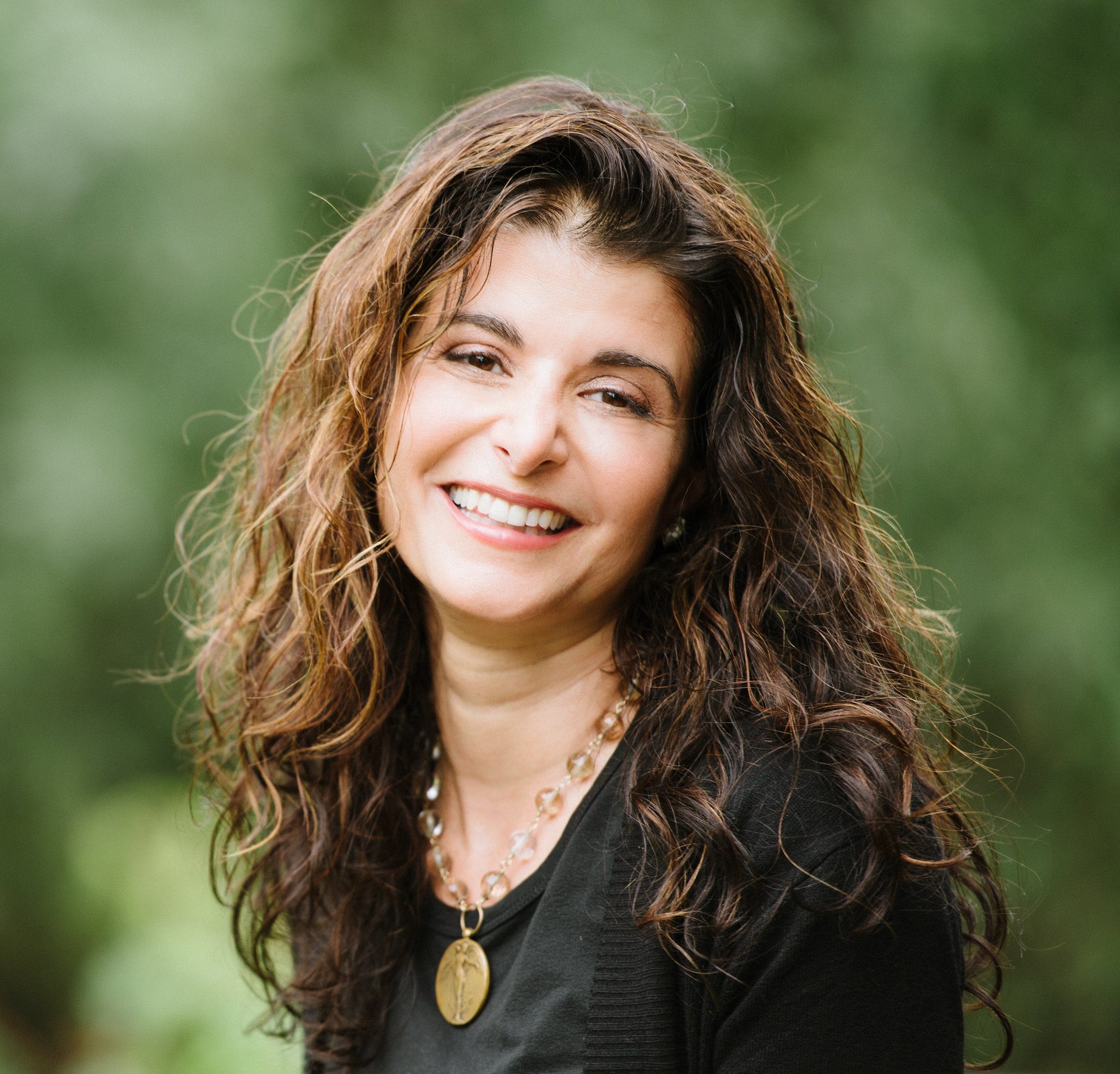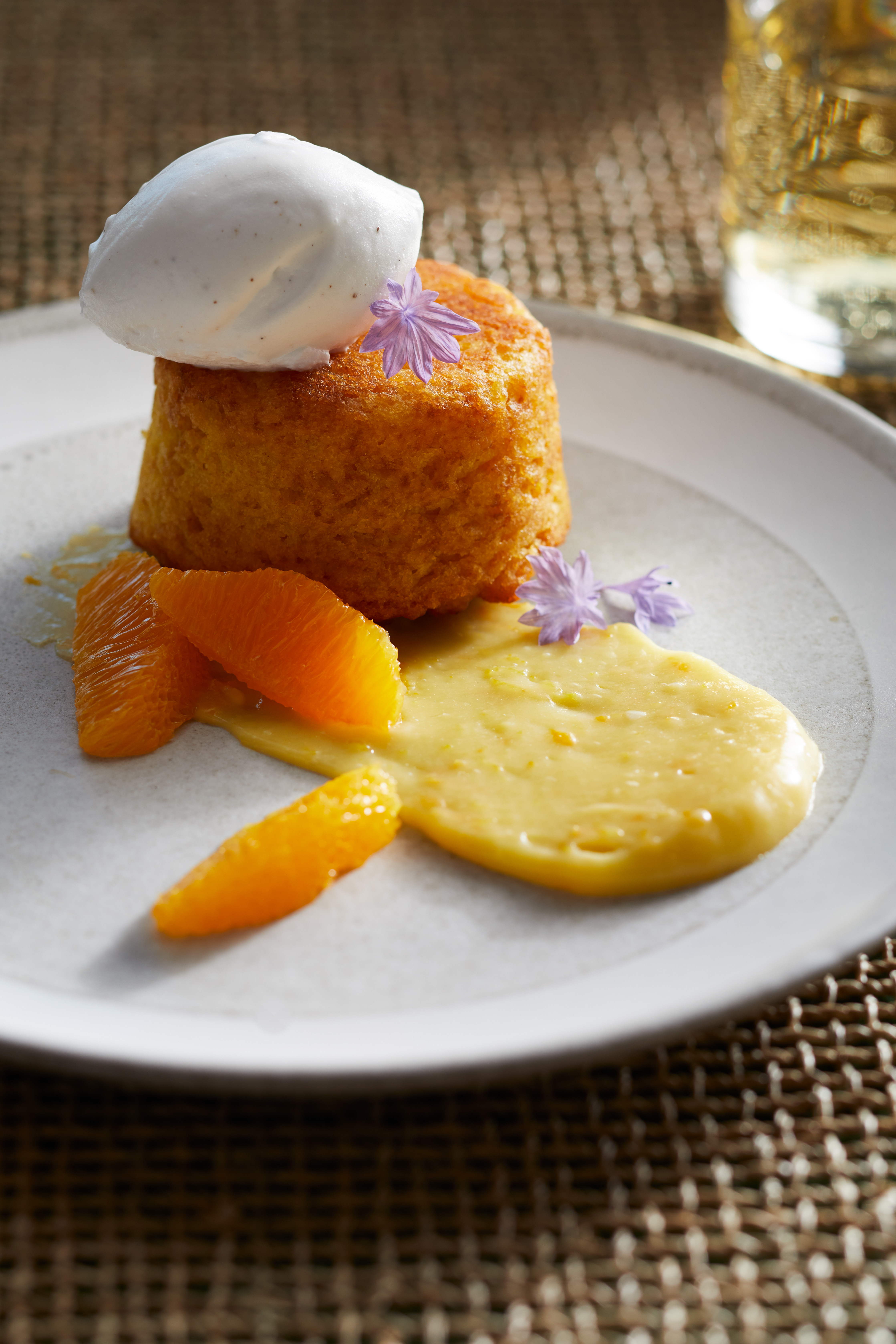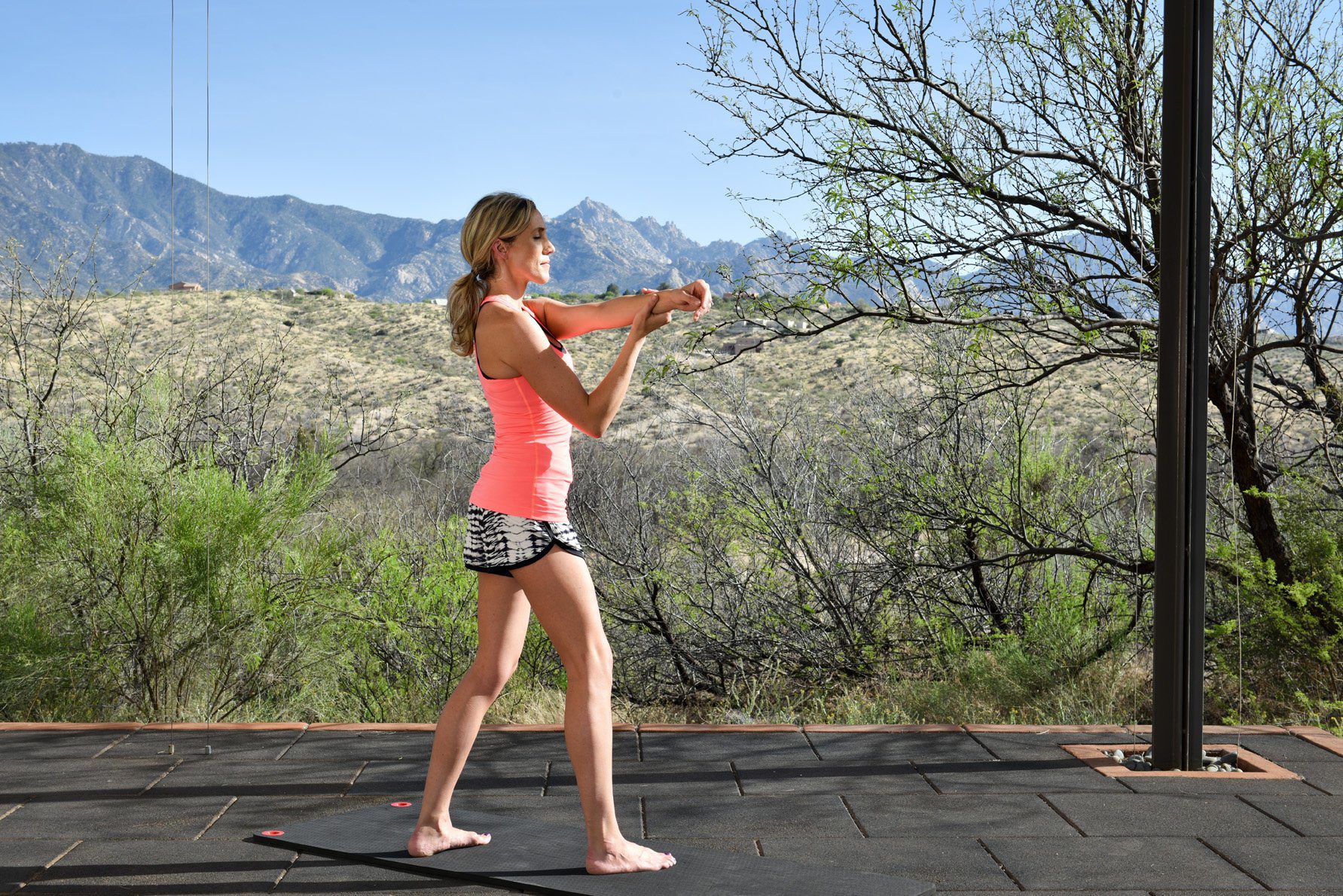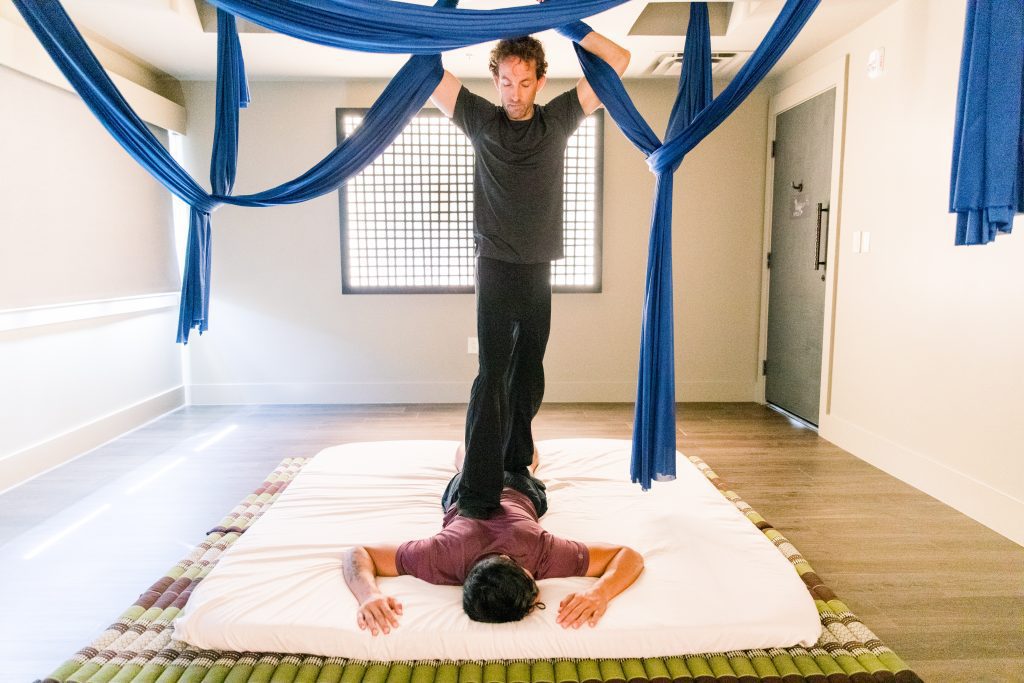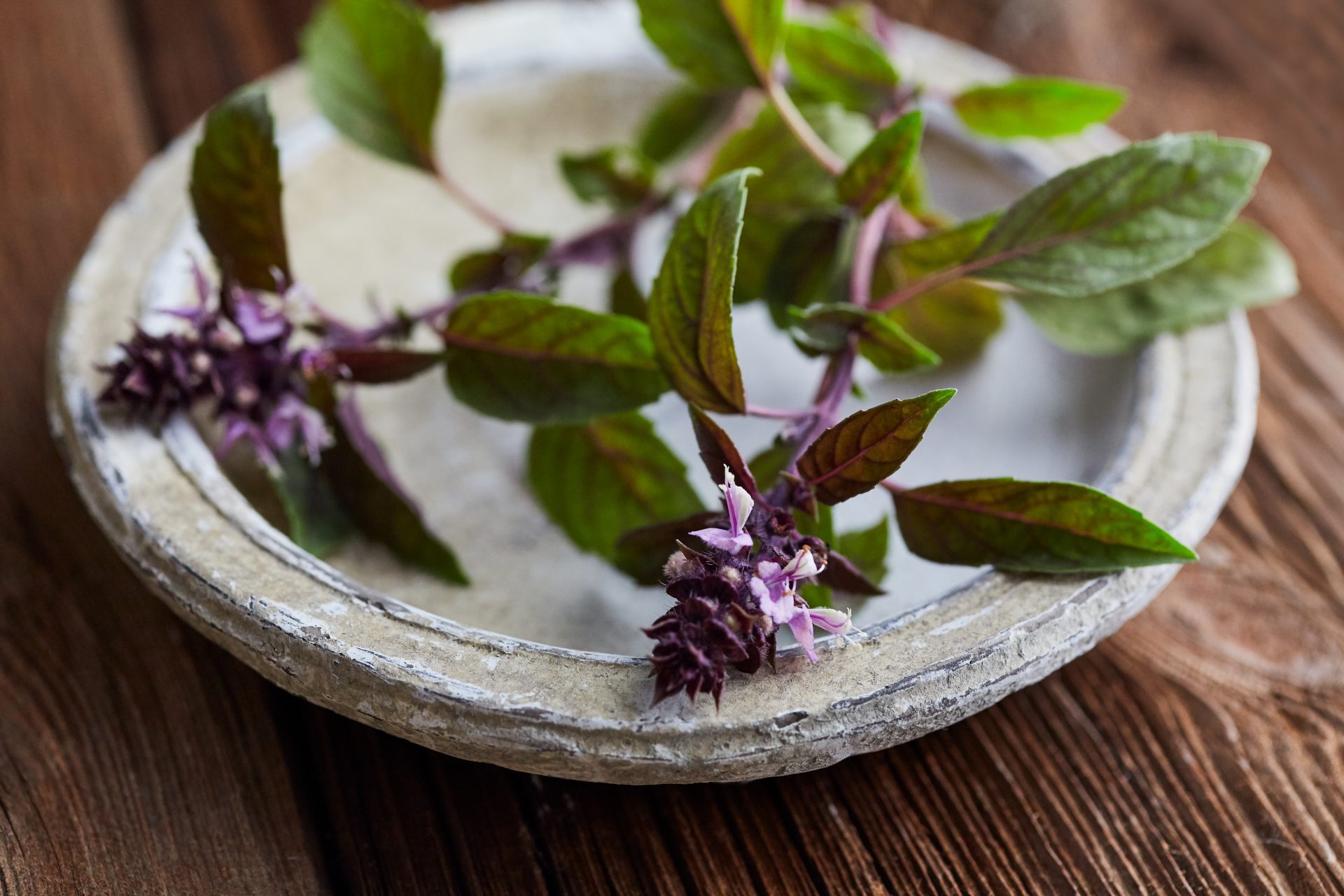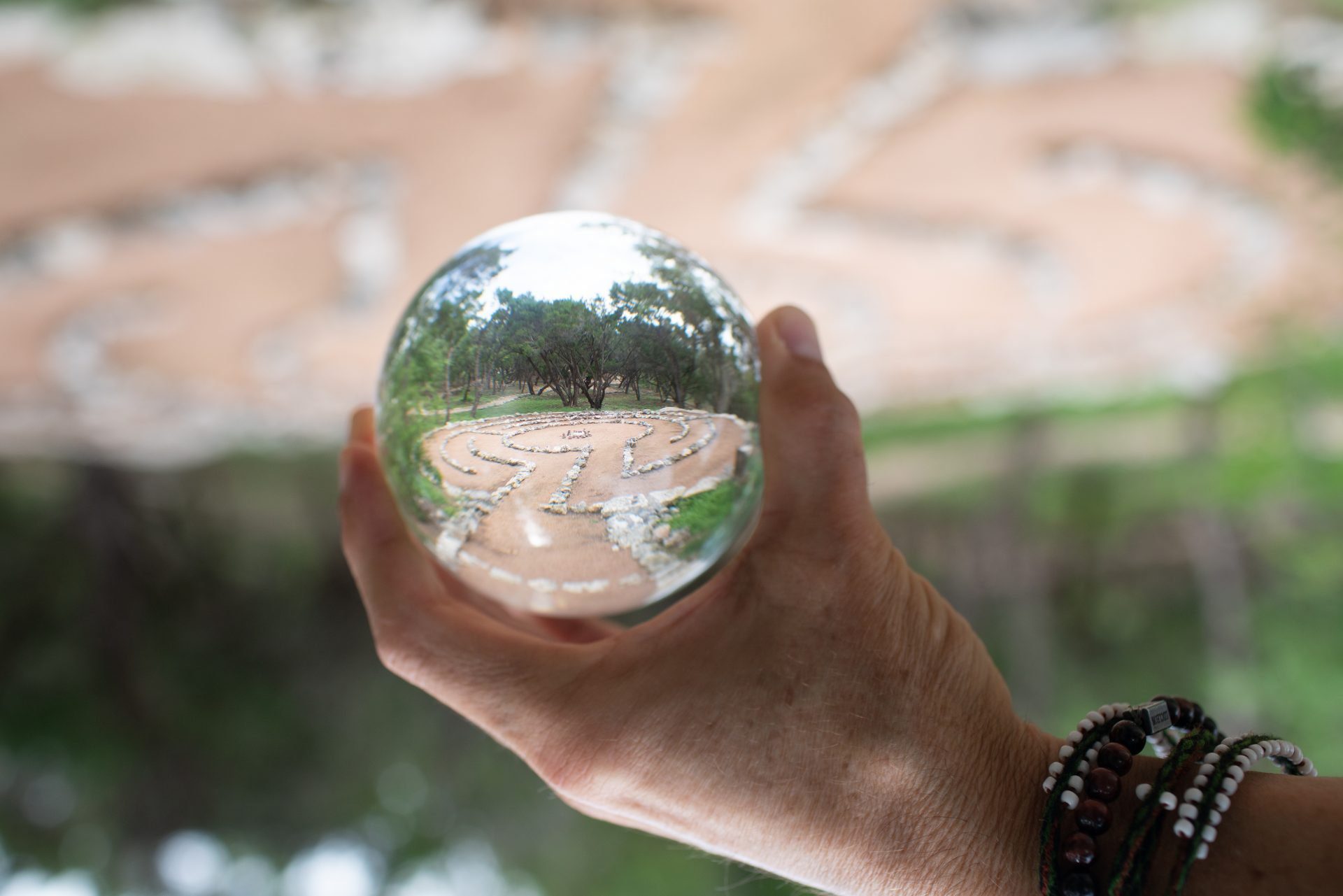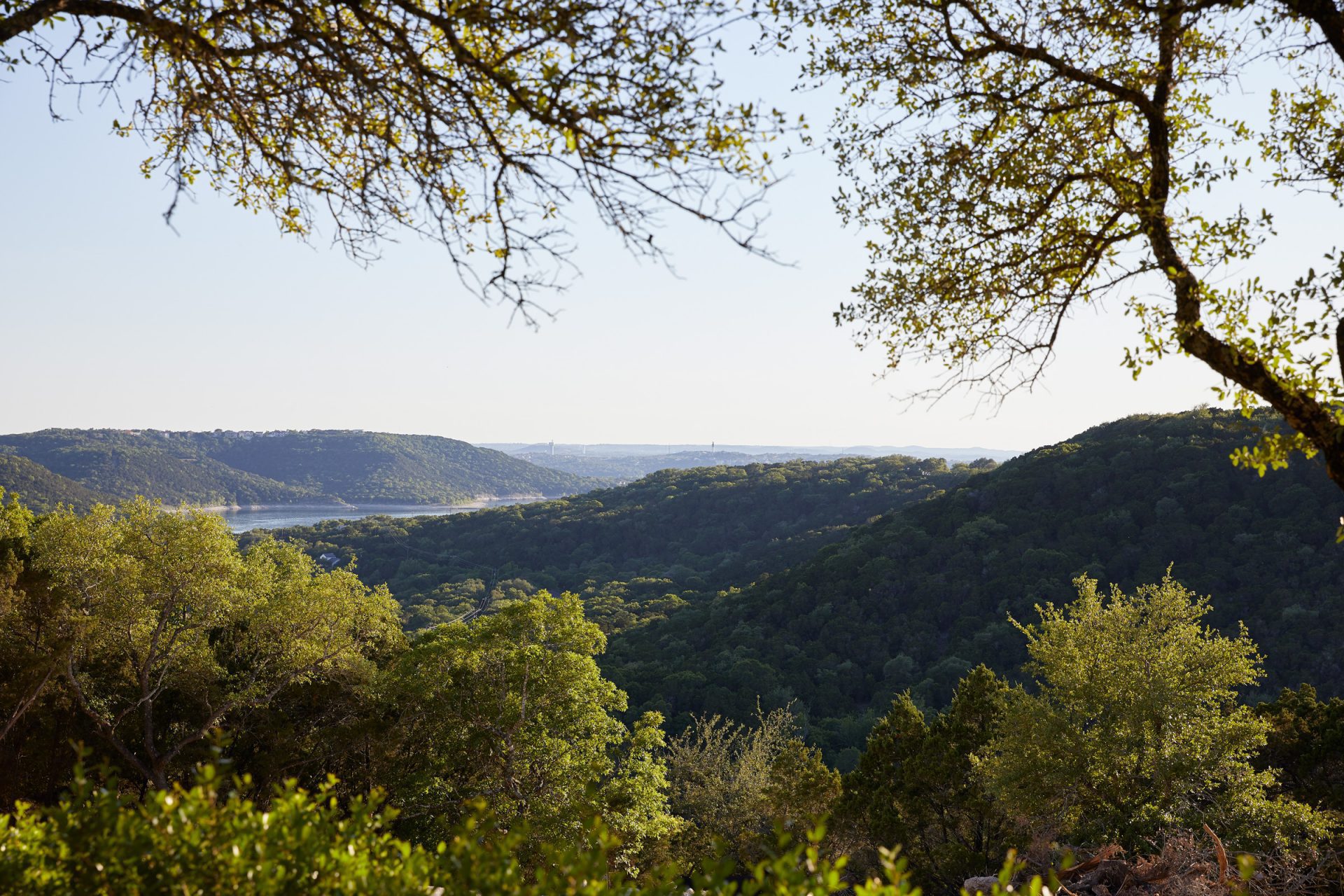Plant Your Intention
Begin the New Year with Balance
Tune Into Nature
January’s frozen earth might not be the most fertile ground, but we can dig into the new year with some metaphorical gardening. Let’s plant an intention to pay better attention and increase our awareness of each moment.
At a place like Miraval Resorts, we can do this by signing up for Shinrin-yoku (forest bathing), guided hikes, or qigong in the woods. We can get in touch with nature to tune into ourselves.
But when I’m home—where it’s cold and damp—the only kind of bath I want is the warm, indoor-soaking-tub kind.
So, how do we bring the benefits of the forest inside when it’s too cold to go out into it?
Bringing the Outdoors In
Miraval Berkshires’ spiritual healer and outdoor guide Greg DiLisio reminds me that “forest bathing doesn’t mean you have to be in the middle of the forest. You can do it at your desk with a plant. You can do it in your mind with your eyes closed. You just have to change the lens you’re looking through.”
“What,” I ask Greg, “do you advise for someone who has a black thumb and kills all plants?”
I am, of course, asking for a friend.
He smiles, “Then you begin again with a spider plant or something easier to keep alive. Or maybe start with cut flowers. You can even use a photo or poster of a forest, plant, or trees on your wall. Find a tree outside your window. It’s all about the practice.”
We can reach back to our childhood imaginations and channel Maurice Sendak’s Max, who got sent to his room and manifested an entire forest full of wild things. Remember C.S. Lewis’ magical wardrobe that transported us to the wintry thickets of Narnia?
We can bring the forest inside, with a potted plant, fresh-cut flowers, or even an imaginary garden in our mind’s eye, and turn it into a place we regularly visit, one that trains us to focus on nature every single day.
Start With a Sit Spot
A sit spot is pretty much what it sounds like: a simple place in or near nature (or your potted plant) that you visit daily. When we enter this space intentionally, we can cultivate awareness to use our senses and tune into nature’s quiet whispers, its oscillating colors, and delicate textures.
This repetitive act teaches us to develop the most primal aspects of our awareness and gradually enhance our reception of the world and all the life that moves through it.
This is how our ancestors foraged, how they hunted. Their survival hinged on it. Now, other things bring us security and safety: jobs, mortgages, investments. We have lost the habit of purposefully sitting in the same spot every day unless it is to stare at a screen full of out-of-context pixels.
We see disconnected images, but no accompanying texture, scent, or sound. We no longer use our senses in concert to gather information. Instead, we get data in soundbites or packets of disjointed parts so segmented that we forget they could be interconnected. When we stop flexing our intuitive muscles, they atrophy. We lose our ability to decipher our most elemental messages.
In short, we get out of balance.
Here’s the good news: we can get it back.
We can develop intuitive sinew and strength just by sitting in one spot. We can regain our balance by focusing on one thing. It’s the simplest spiritual workout, and it only takes a few minutes a day.

Settle into Forest Time
The forest functions in its own time zone. When we slow down our pace, we can simmer in gentler woodland moments and savor their subtler aspects. In that space, we notice the unique interplay of intricate details: a shifted shape, an elusive movement, an ombre color change, a familiar echo.
Here, we gradually coax our senses to function at a higher level and lower speed. If we spend enough time looking at snow, we see how many different whites white can be.
When we speak to our plants every day, we might hear their responding vibrations on a cellular level. Our fingers begin to differentiate the tactile variations in the spectrum between rough and smooth.
Our ancestors found this information invaluable:
This type of tall grass is better for hiding from predators.
That color on your crops could warn you away from food-borne toxins.
A breeze blowing just this way might mean an imminent storm.
Now we have safe dwellings, agricultural regulations, and weather apps to dispel those worries. But what about the smaller, everyday exchanges that affect our wellbeing?
How do we reconnect with our feelings in a world that constantly distracts us from them? How do know what our spouse is not saying out loud; our children, friends, or colleagues?
How often do we walk by our housemates or co-workers without even looking at their faces?
Maybe they needed a little extra water today. Maybe they didn’t get enough sunshine. It pays to pay attention. It’s how we get rich layers of information.
Put a Green Tree in Your Heart
Using a sit spot and connecting with nature gives us a chance to be still and feel what’s stirring beneath the surface. That process increases our zone of awareness and decreases our zone of disturbance.
Greg says it more poetically: Put a green tree in your heart and let the singing bird come.
It’s an old Chinese proverb for generating positive energy and creating change in your life. “That,” Greg says, “can be part of your sit spot, too: a sense of openness and receptivity. When we allow good things to come, they will. Nature responds to your peacefulness in a positive way.”
“But what do we do,” I ask Greg, “if we don’t want to sit with our feelings? What if we open the door and instead of a singing bird, a barking dog comes in?”
“It’s just another thing,” says Greg. “We don’t judge the quality of what comes to us. If there is internal stress, then it, too, needs to be released or it can manifest as something physically bad. So, if we open and let out anything—even the bad feelings—that’s ok. Let them come to the surface. It’s better than holding it inside. It might be the singing bird, or it might be the barking dog—whatever shape it takes, it wants to be released. It lets us create space for good things to arrive.“
Integration
Greg’s training as a Miraval Outdoor Adventure guide involved going to the same spot in the forest every day for a month.
“By sitting in the same spot, you realize that the beauty of this place will never be the same twice. If you can do this every day with your plant, you can do this with your people.
You’re practicing kindness. You’re practicing observation. You’re practicing being the person you want to be. It’s easy with a plant. It won’t yell back at you, slam doors, or tell you you’re wrong. Think about it this way: you flatter a plant by saying, ‘you look so green today!’ What a great way to practice giving compliments in creative ways.”
When you focus on something outside yourself or the thoughts in your head, you also engage in a biochemical process and sensory experience. You use sight to notice colors and shapes; touch soil with your fingertips; inhale the aroma of flowers. You’re finding a way to make a connection with a plant.
“It’s your friend,” says Greg, “and you’re caring for it. If you can do that, then you can connect to anyone.”

- Find a sit spot.
- Pick a duration (ideally 20 minutes, but you can start with 1).
- Pick a time of day: morning is ideal, but regularity is key.
- Focus on an object (potted plant, photo, tree, cut flowers) and set an intention to pay attention
- Turn it half an inch every day. Just rotate the base of the pot.
- Notice what happens. Maybe when you turned it this way the leaves were a different shade.
- Practice opening your 5 senses & observing.
- Journal your thoughts or take a photo each day.
Book a private session with Greg DiLisio, Spiritual Healer & Outdoor Guide at Miraval Berkshires
Araxe Hajian
Araxe Hajian is a senior writer who covers wellness stories and specialist offerings at Miraval Resorts & Spas. She was associate editor and writer at Life in Balance Magazine, storyteller at the social platform MindMeet, and author of numerous articles and Miraval Resorts’ coffee-table book Miraval Mindful by Design.


